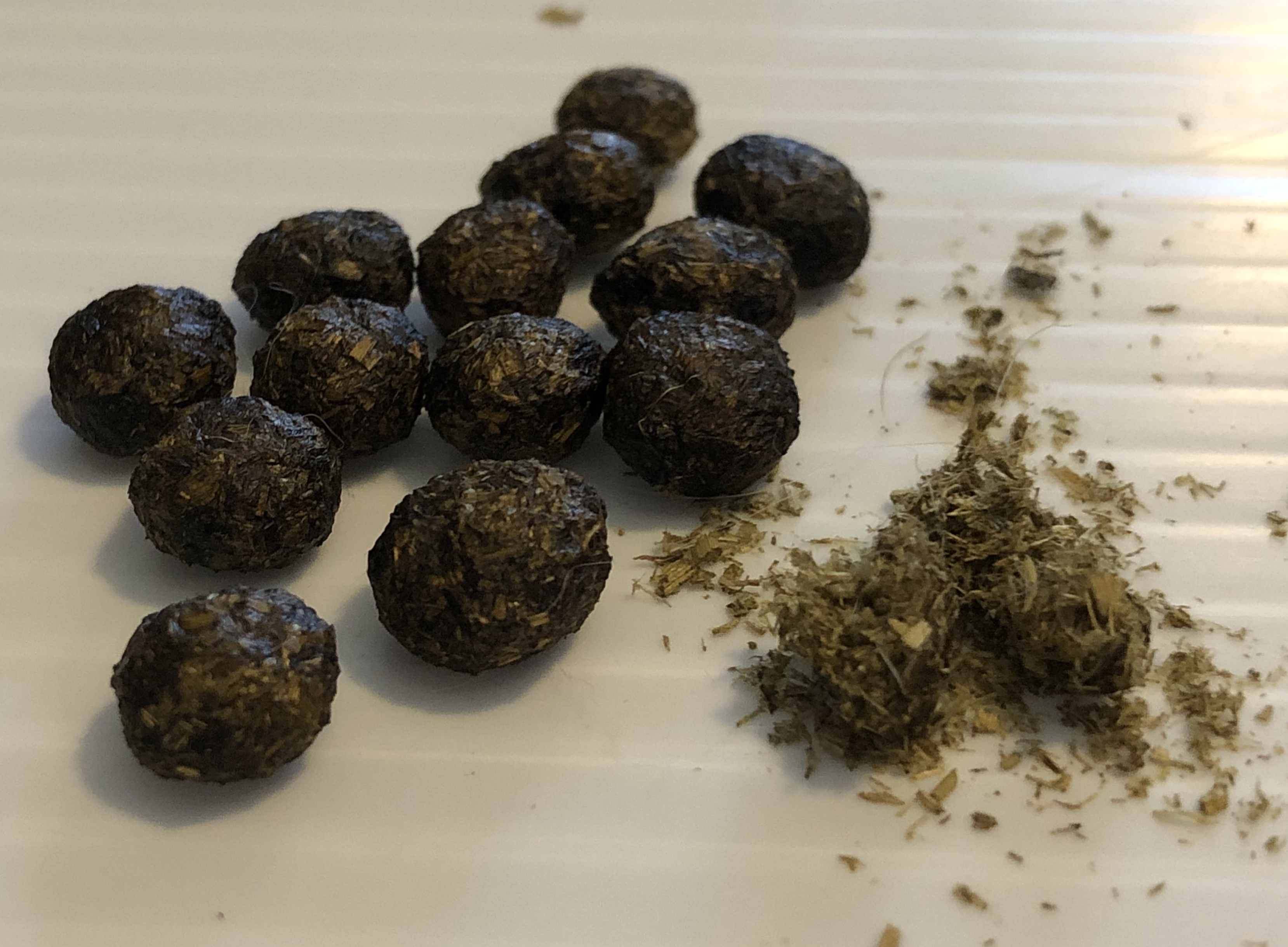

Your specialist will be able to advise you on this. If there is a cancerous change in the polyp, you may need further treatment (depending on the degree and extent of change). there is any cancerous change in the polyp.This is usually only done when the polyp has some cell changes or is particularly large.Īfter the polyp or polyps have been removed, they are sent to specialists in a laboratory, who will inform your consultant if: In rare cases, polyps may need to be treated by surgically removing part of the bowel. The colonoscope has a wire with an electric current to either cauterise (burn off) or snare the polyp. Snaring is like cutting the polyp off with cheese wire and is painless.īoth of the above methods involve passing a flexible instrument called a colonoscope through your bottom and up into your bowel. There are several methods for treating polyps, but the most common procedure involves snaring the polyp during a colonoscopy. If polyps are found, a colonoscopy or CT colonography is needed to view the whole of the large bowel and remove any polyps. mucus to be produced when you open your bowelsīowel polyps are usually found as a result of a bowel investigation for another reason, such as a sigmoidoscopy (examination of the last part of the bowel) or during screening for bowel cancer.a small amount of rectal bleeding (blood in your stool).Most people with polyps won't be aware of them as they produce no symptoms and are often discovered by accident. There may be a family tendency towards developing bowel polyps or bowel cancer. The lining of the bowel constantly renews itself, and a faulty gene can cause the cells in the bowel lining to grow more quickly. How are they caused?īowel polyps are caused by an abnormal production of cells.

Some people just develop one polyp, while others may have a few. They tend to occur in people over the age of 60.
:max_bytes(150000):strip_icc()/89210-hard-small-or-pellet-like-stool-01-5b240882ff1b780037a2d089.png)
They are common, affecting 15-20% of the UK population, and don't usually cause symptoms. Bowel polyps are small growths on the inner lining of the colon (large bowel) or rectum.


 0 kommentar(er)
0 kommentar(er)
